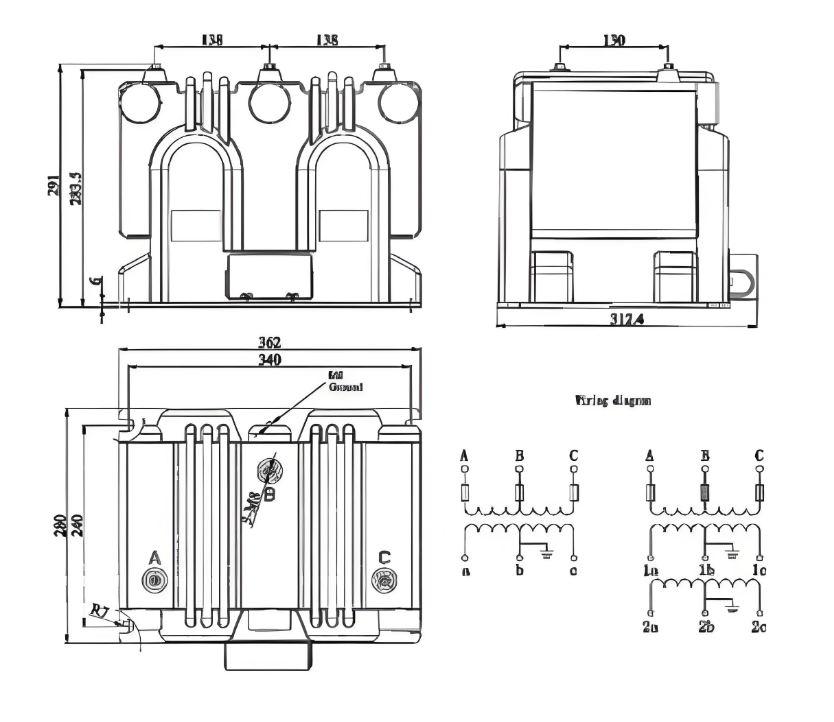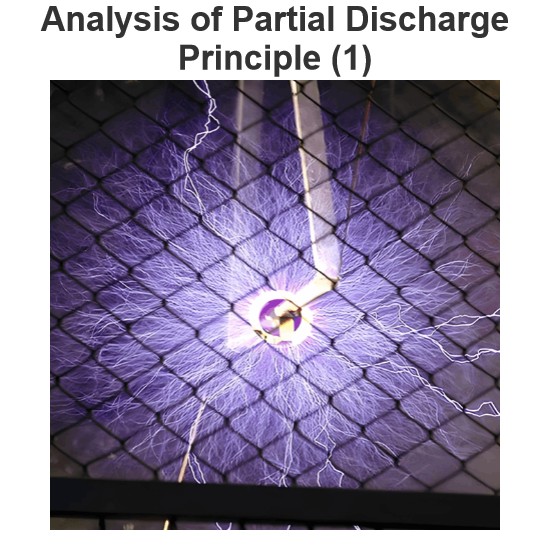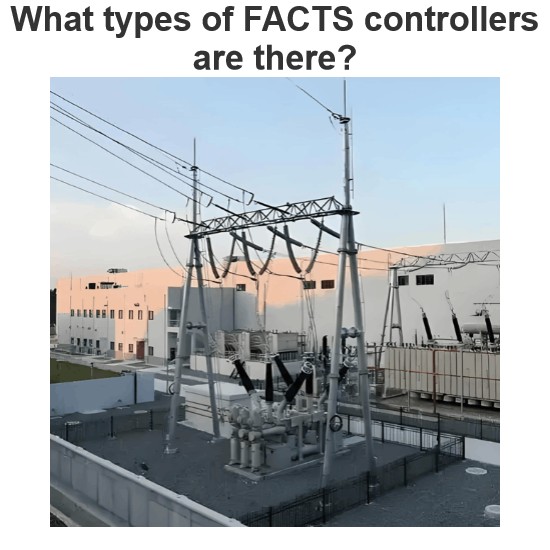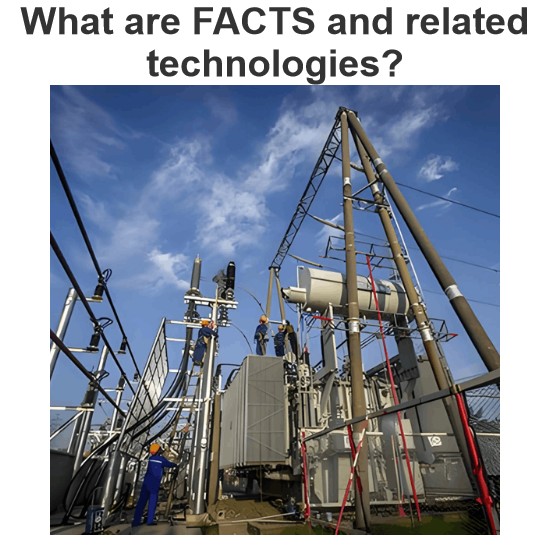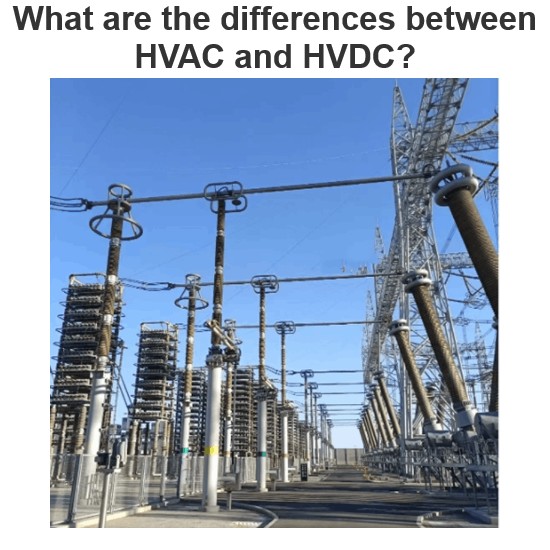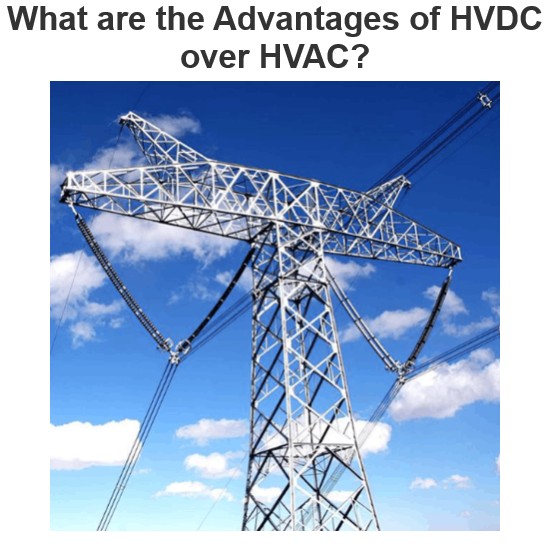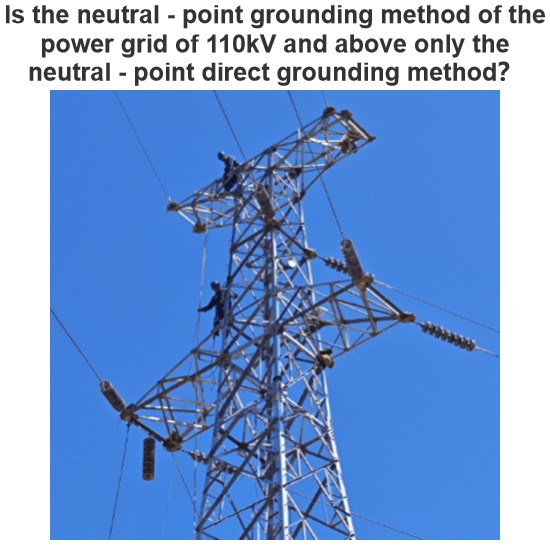| Brand | Wone Store |
| Model NO. | JSZV8-12R Three-phase Voltage Transformer |
| Rated frequency | 50/60Hz |
| Primary voltage | 11kV |
| Secondary voltage | 110V |
| Series | JSZV |
Product Overview
JSZV8-12R Three-phase Voltage Transformer 12kV Indoor Three-Phase Epoxy Resin Type.The voltage transformer (with inbuilt fuses) , epoxy resin casting and fully enclosed construction, is used indoor for measuring voltage,electric energy and protective relaying in the electric system with the frequency 50Hz or 60Hz and highest voltage for equipment 12kV. The product has the feature of high reliability, low magnetism of core,large creepage distance of external insulation and maintenance free etc.
Feature
Technical Data
Installation site:indoor
Rated frequency:50/60Hz
Load power factor:cosΦ=0.8 (lagging)
Technical standard accords with IEC 60044-2 (IEC 61869-1&3)
Specification

Outline
